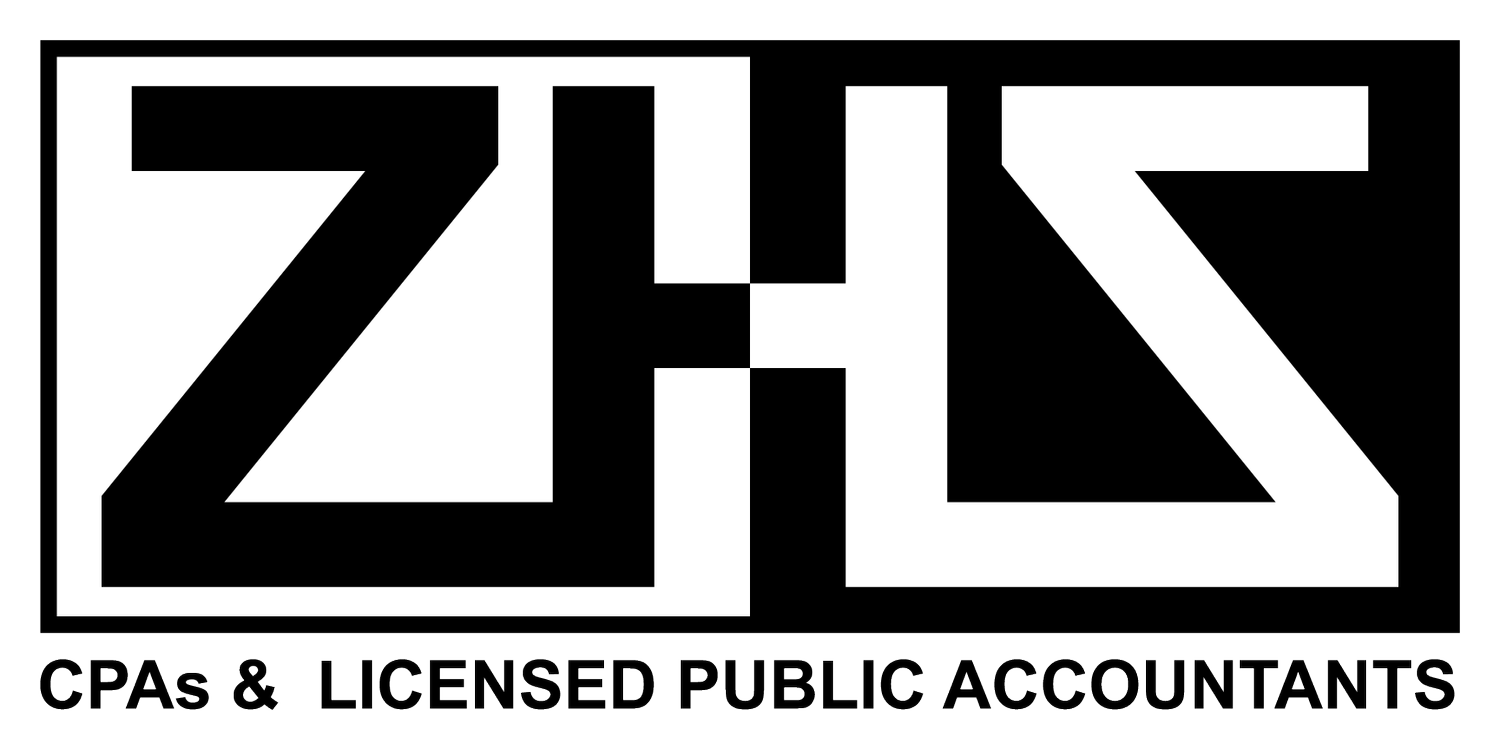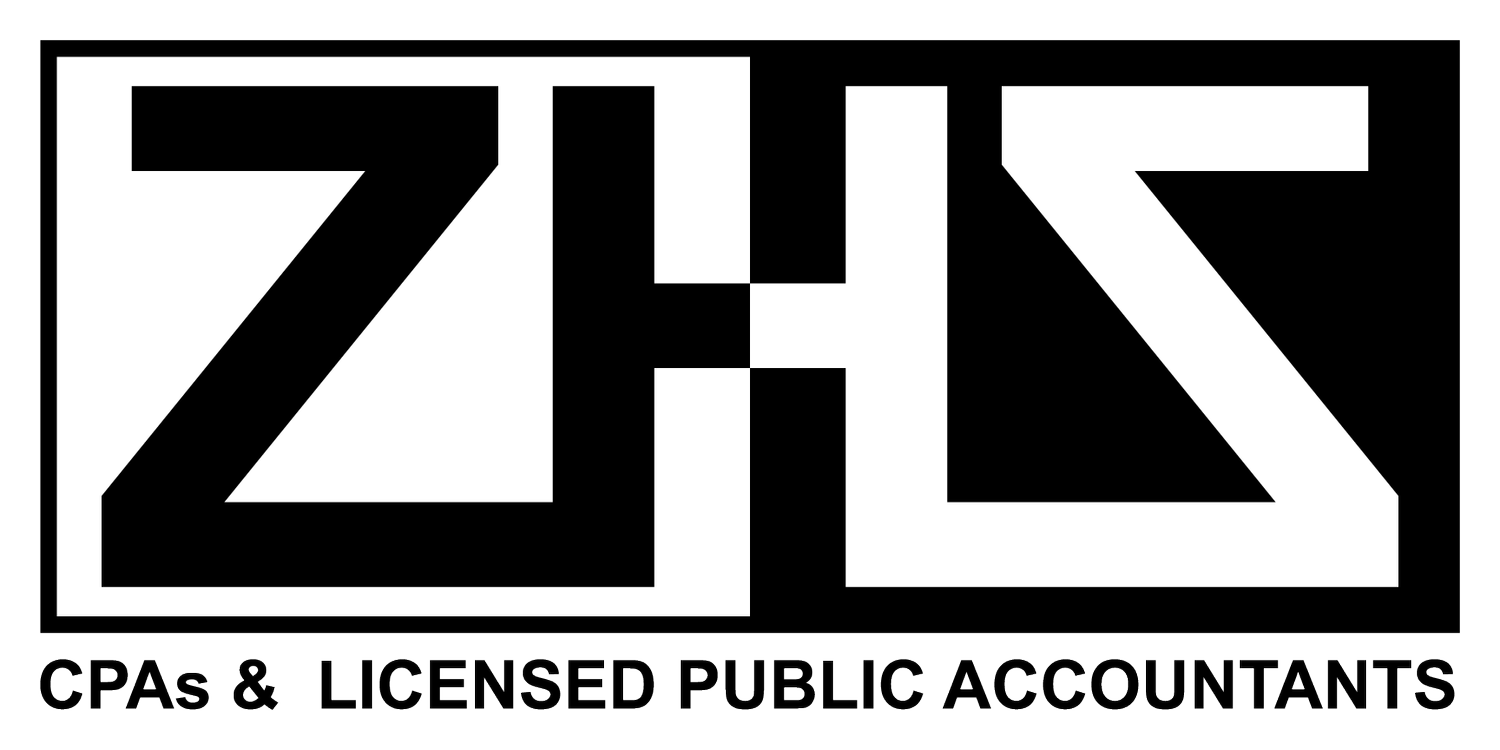Are We Prepared For AI Recruiting?
AI-powered recruiting, also known as AI-driven or AI-assisted recruiting, is the application of artificial intelligence and machine learning technology to improve and streamline many areas of the hiring process. It uses AI algorithms to automate activities, analyse data, and deliver vital insights to recruiters and HR experts, making the recruitment process more efficient and productive.
It is critical to recognize that not all recruitment technology solutions are examples of AI. To be termed AI-powered, a technology must include machine learning components (the system learns and improves through gathering data rather than being directly coded).
When it comes to human resources and recruiting, AI has enormous promise. Current software has demonstrated its ability to address long-standing, common recruiting difficulties by reducing time-to-hire and eliminating low-value administrative duties such as contacting with candidates. However, AI software in recruiting is still in its infancy, and because of the technical improvements still required, adopting AI has brought its own set of obstacles.
Regulatory difficulties and charges of biassed hiring algorithms are likely to haunt AI-powered evaluation or selection software for some time. Companies that deploy AI in their recruitment procedures are expected to experience significant internal and external pushback as people become increasingly aware of AI's presence and capability.
AI may be the employment tool of the future, but it may also bring with it old vestiges of discrimination. Can chatbots discriminate? As firms employ AI for hiring, this is a huge question. Some argue that resume scanners, chatbots, and video interviews may lead to bias.
Will AI eventually replace recruiters?
AI enables hiring teams to eliminate many of the time-consuming, repetitive activities from their recruitment operations. Companies that make AI recruiting software claim that it frees up recruiters' time to focus on communicating with prospects, training hiring teams, and establishing a better hiring process. Many AI solutions, however, do eliminate the need for recruiters or recruiting managers to interact with prospects. It appears to be a little conflicting.
Laws created to regulate AI in recruiting
Bill C-27 was tabled by the Canadian federal government in 2022. This is Canada's first attempt to govern AI. Similar to the EU, "The Artificial Intelligence and Data Act" focuses on high-impact systems, including recruitment.
Advantages of AI-powered recruiting
The advantages of AI-powered recruiting include enhanced efficiency, shorter time-to-hire, better applicant matching, and a better candidate experience. However, it is critical to be aware of such biases and ensure that AI systems are created and implemented responsibly to prevent perpetuating inequality in the employment process. When employing AI in recruiting, human oversight and a commitment to ethical AI practises are essential.
Some of the primary benefits of AI in recruitment include:
Time and cost savings: AI automates repetitive and time-consuming operations like resume screening and applicant sourcing, allowing recruiters to focus on more important areas of the hiring process. This results in substantial time and cost savings in recruitment efforts.
Efficiency and Productivity: AI can process a huge number of applications and profiles in a fraction of the time it would take a human recruiter. This greater efficiency results into faster and more productive recruitment cycles.
Improved Candidate Matching: AI algorithms can compare candidate data, qualifications, and abilities to job criteria to determine the best-fit individuals. This guarantees that recruiters spend more time engaging with qualified candidates.
Enhanced Candidate Experience: AI-powered chatbots and virtual assistants provide real-time support to candidates, answering their questions and keeping them updated throughout the application process, resulting in a pleasant candidate experience.
Reduced Bias and Increased Diversity: By focusing purely on qualifications and talents, AI can help decrease unconscious prejudices and increase diversity in recruiting decisions, resulting in a more inclusive workforce.
Data-Driven Decision Making: AI analyses historical hiring data and using predictive analytics to uncover patterns and trends, enabling data-driven decision-making that results in higher-quality employees.
24/7 Availability: AI-powered chatbots can connect with candidates at any time, offering help and information outside of usual business hours and accommodating candidates in different time zones.
Scalability and consistency: AI systems can handle a huge volume of applicants without compromising evaluation quality, delivering uniform and fair assessments across all candidates.
Talent Pool Insights: AI-driven analytics can provide important insights into the talent market, revealing trends, skill gaps, and areas of potential for talent acquisition.
Technical Skill Assessments: For technical roles, AI can offer skill assessments and coding challenges to objectively evaluate candidates' technical competence.
Efficient Interview Scheduling: AI-powered technologies can coordinate and arrange interviews, decreasing back-and-forth communication between recruiters and candidates.
Competitive Advantage: Using AI in recruitment demonstrates a current and tech-savvy approach to prospects, increasing the company's image and attracting top talent.
Disadvantages of AI-powered recruiting
The use of chatbots and other algorithmic hiring technologies for job interviews and candidate screening has prompted concerns about potential bias and fairness issues. While these technologies might improve efficiency and scalability, they can also unintentionally perpetuate biases in the data they are trained on.
Bias can be caused by a number of factors, including:
Training Data Bias: If the chatbot is trained on historical data that reflects biassed hiring judgements in the past, it can learn and perpetuate those prejudices in its evaluations of job applications.
Language and Cultural Bias: Chatbots may struggle to grasp diverse dialects, accents, or cultural nuances, which could lead to unfair judgements.
Biases in Job Descriptions: If the job descriptions used to train the chatbot contain biassed language, the chatbot may unconsciously favour applicants who match such biassed descriptions.
Imbalanced Data: If particular demographic groups are underrepresented in the training data, the chatbot may be less reliable in evaluating candidates from those groups.
Unintentional Feedback Loops: If the chatbot's recommendations influence future employment decisions, it can create a feedback loop that reinforces existing biases.
To overcome these concerns, firms that use chatbots and algorithmic hiring tools must take various steps:
Varied and Representative Training Data: Including a varied sample of applicants and outcomes in the training data can assist eliminate bias.
Regular Auditing: Regularly auditing the chatbot's performance for bias and making improvements to its algorithms based on the audit results.
Human Oversight: Having human recruiters examine and validate the chatbot's recommendations might give an added layer of impartiality.
Transparency and Explainability: Making the chatbot's decision-making process open and explainable to applicants can assist establish trust in the recruiting process.
Bias Mitigation approaches: Using approaches such as adversarial training or debiasing algorithms to decrease bias in the chatbot's evaluations.
Continuous Monitoring: Continuously monitoring the chatbot's performance and applicant feedback.
Are you utilizing AI? Here are some tips…
Understand AI Algorithms: Be aware of the elements and data utilized in AI screening and evaluation to ensure job-relatedness and data compliance
Bias Audits on a Regular Basis: Conduct periodic audits to uncover and resolve potential biases in AI tools, ensuring fair and ethical employment practises.
Data Governance and Compliance: When utilising AI, adhere to data governance standards as well as appropriate employment regulations.
Transparency with Candidates: Communicate openly about the use of AI in the hiring process, alerting candidates in advance if AI will be used.
Vendor Compliance: Ensure that third-party recruiting solutions and vendors follow employment rules and regulations.
Explanations: Consider providing applicants with explanations concerning AI-based decisions on request.
Establish Ethical criteria: Establish explicit ethical criteria for AI use, and evaluate and update them on a regular basis.
Continuous Improvement: Keep an eye on AI performance and make changes as needed to keep it fair and effective.
Overall, AI-powered recruitment offers a powerful option for streamlining the hiring process, making informed decisions, and improving the overall efficiency and effectiveness of the recruitment lifecycle. However, it is critical to employ AI responsibly, maintain human control, and address any potential biases to ensure fair and ethical recruiting practises.

